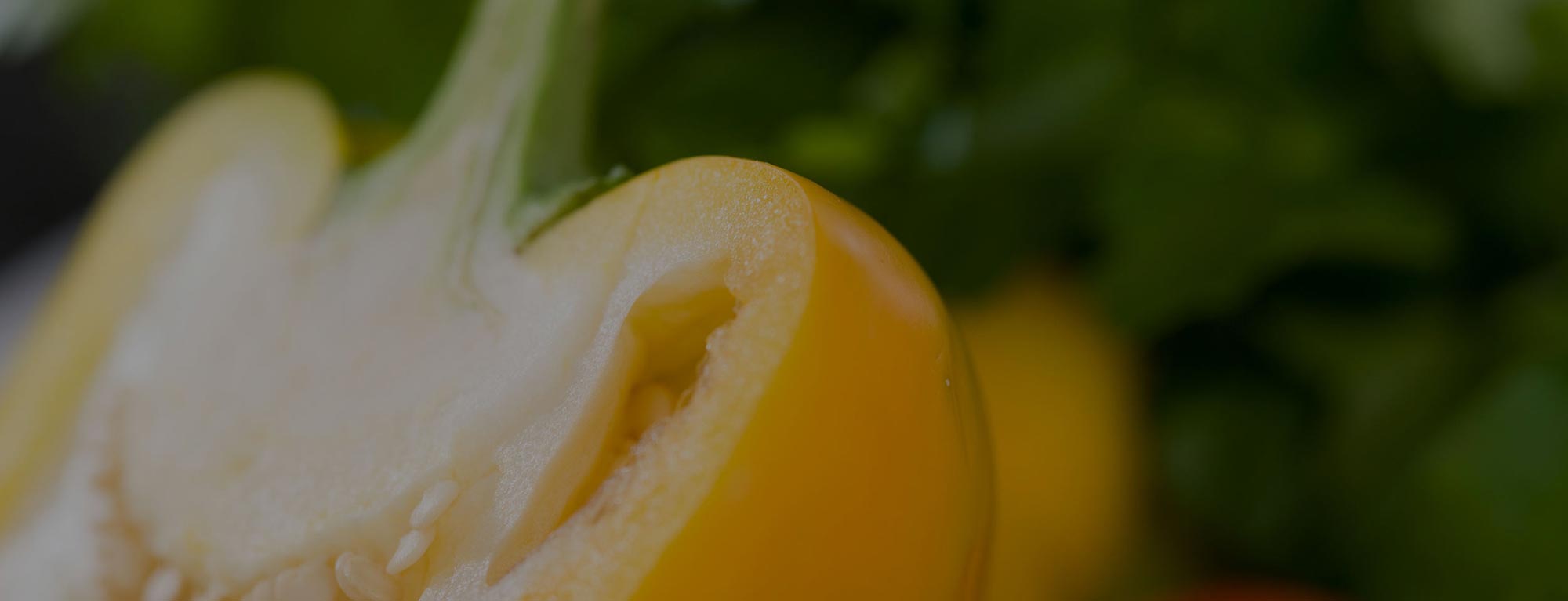If you have vacuum packed perishable food, you should store it at a constant temperature in the fridge or freezer. This allows you, for example, to store fresh, vacuum-packed beef (generally applies to red meat) in the fridge for up to 6 weeks, allowing it to age wet. In order to give your meat the finishing touch, refining it in one of our ageing bags is an absolute treat. This tenderises the meat fibres and causes them to lose elasticity. Beef dry aged in a aging bag develops the typical dry aged taste and melts in your mouth after cooking.
If you want to re-vacuum food that has already been vacuum packed and retain the quality and taste, please make sure that the maximum storage time based on the best-before date on the original packaging is not exceeded.
Anyone who has vacuum sealed venison, deer or pork loin or dried pasta knows that dangerously sharp edges and corners can often pierce the vacuum bag. In these cases, we always recommend using a salmon board or handy boneguard cloth, which prevent overly sharp bones or corners from damaging the vacuum bags.
In order to be able to vacuum pack products that have a slightly higher liquid content, such as marinades or ragouts, we recommend vacuuming these foods with the liquid stop. For particularly pressure-sensitive products, such as bread or berries, you should use the L+ pressure regulator, which is included in delivery. With the help of this practical accessory, you can continuously regulate the vacuum intensity.
Alternatively, pressure-sensitive foods, such as berries or fruit, can be frozen the night before in a container or on a tray. After the products are frozen, you can easily vacuum seal them in bags.
The shelf life of fruits and certain vegetables, such as bananas, apples or potatoes, is only extended by vacuum packing if they are peeled before vacuuming. The skin of these products can secrete gases which would reinflate the bag.
When heating vacuum-packed meals in a water bath, remember to cut off a corner of the vacuum bag. This allows air to enter the bag and vapour to escape. In principle, all food must be consumed quickly after defrosting. Leftovers must not be refrozen.
Certain vegetables such as sugar snap peas, asparagus, green beans, cauliflower, broccoli and other cabbage varieties secrete gases in bags and containers when they are freshly vacuumed and stored in the refrigerator. To avoid that happening, these foods should first be blanched and then stored in the freezer.
Meat with a particularly high liquid content, such as pork, should be dried off with kitchen paper before vacuum sealing to prevent too much liquid from getting into the liquid trap. The best way to prevent meat juices from penetrating the device is the liquid stop.
When travelling, hunting, fishing, camping and hiking, you can protect your clothes from moisture and save space by vacuum-packing them. Ammunition, batteries, matches, first-aid kits and other items that are often essential in these outdoor areas can be sealed in a waterproof bag in a matter of seconds. Vacuum packed silver cutlery doesn’t tarnish, vacuum packed tools don’t rust and the paint in vacuum-packed paint cans doesn’t dry out.
The best way to vacuum seal foods that you use frequently, such as flour, sugar, grain products, pasta, pastries or crackers, as well as animal feed, is in containers.
Salads, herbs from your garden and vegetables stay fresh and crisp in Lava’s vacuum containers. Quality, freshness, nutrients, appearance and taste are preserved unchanged in the vacuum.
Using vacuum containers you can conveniently pre-cook meals in large quantities and keep them fresh in the fridge for several days.
No more boiling jars! By using vacuum sealer attachment for jars preserving jars (twist-off jars) can be vacuum sealed quickly and easily.
You can marinate meat, fish and poultry in just a few minutes with the vacuum containers. Due to the negative pressure, marinades that would usually take 6 - 10 hours to be absorbed under normal conditions take just minutes. In this way, a sauerbraten or larger amounts of grilled meat can be prepared in a very short time.
Sauces, soups and juices can be sealed in airtight containers. However, when vacuum sealing liquids, you should make sure that they have cooled down first. Hot liquids foam up and can spill over the edge of the container.
Thanks to Lava’s large selection of universal vacuum lids, you can conveniently vacuum seal almost any container, pot or pan and its contents in your own kitchen. The only prerequisite is that the vessels are stable and not sensitive to pressure.
All Lava containers are suitable for fridge and freezer storage. Preserving jars, G-Line and New-Line containers can also be used in the microwave without a lid. G-Line and Gastronorm containers are also suitable for use in the oven without a lid. In addition, G-Line, New-Line and Gastronorm containers are also dishwasher-safe. Under ideal conditions, the containers and vacuum lids will hold the vacuum for a maximum of 3 months.





